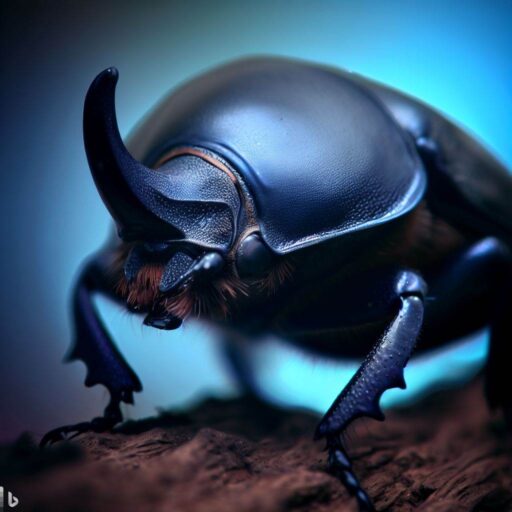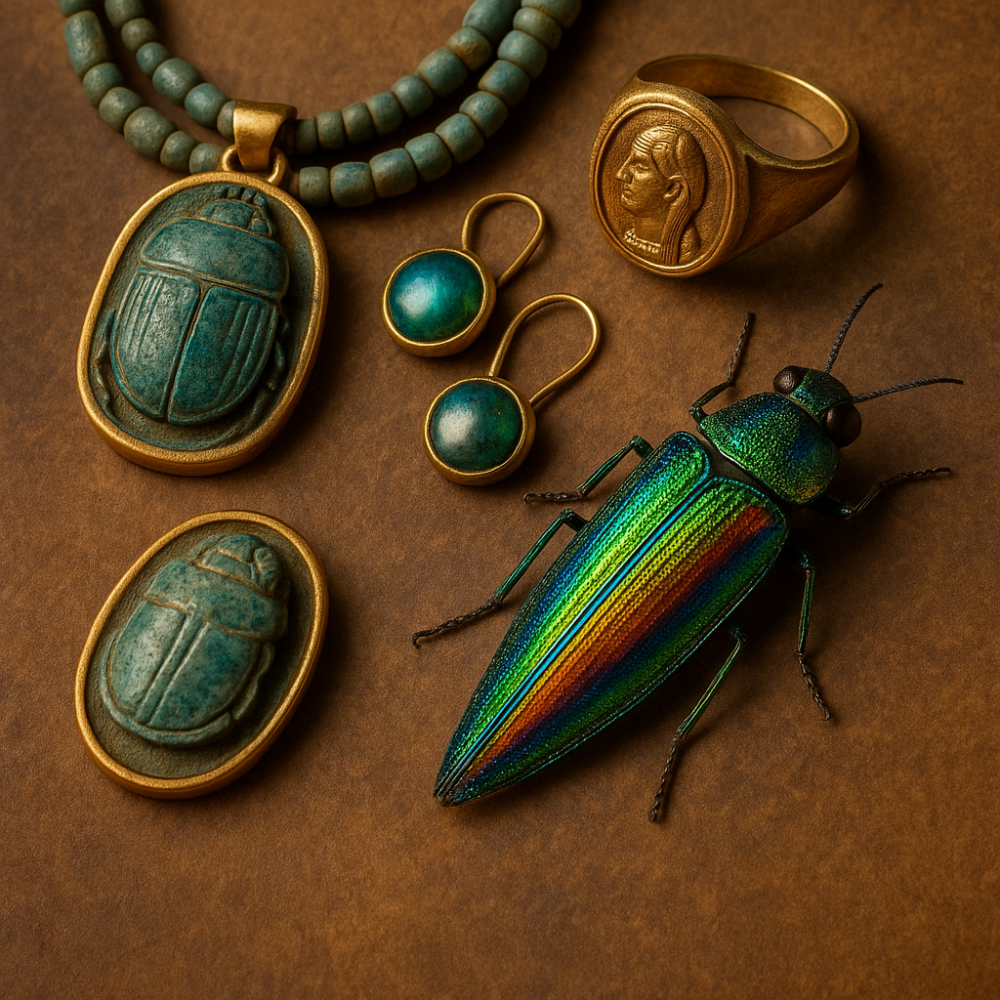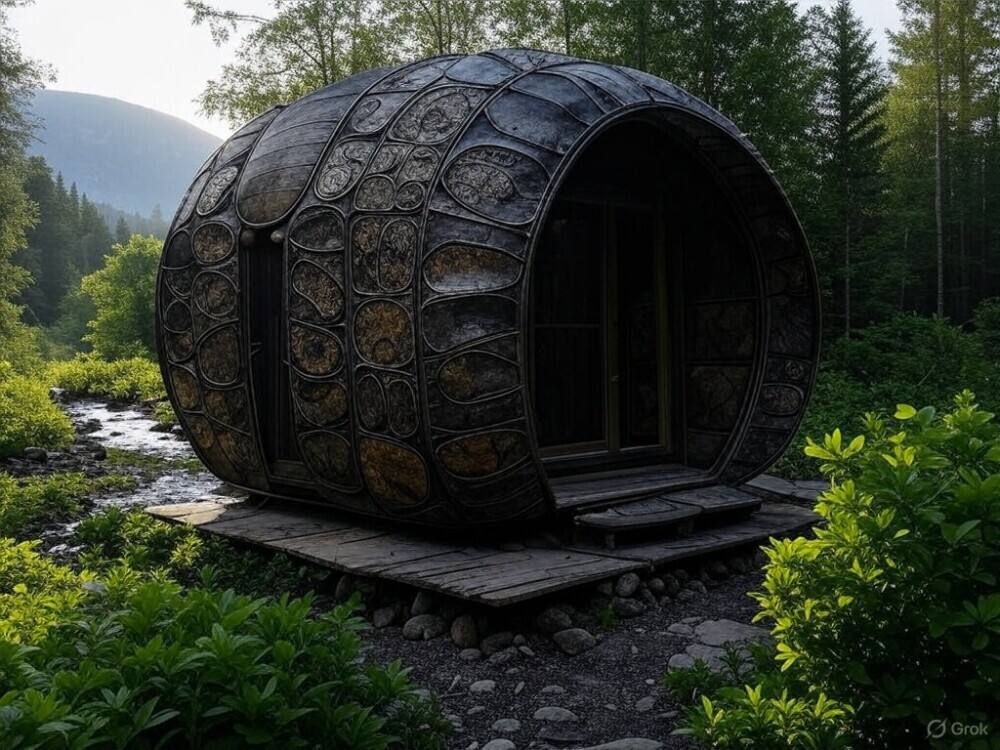.jpg)
What Do Blister Beetles Eat
- Blister beetles are insects known for their diet, habitat, and behavior. They can be found in various habitats and have specific feeding preferences.
- Blister beetles primarily feed on plants, but some species are attracted to certain crops, posing a risk to agriculture. Their diet can also have harmful effects on humans and animals.
- Proper identification of blister beetles is crucial for control and prevention measures. Regular inspections and monitoring can help detect blister beetle infestations. Treatment options should be considered in case of an outbreak.
Blister beetles are fascinating creatures! They have diverse diets, consuming plants like leaves, flowers, and pollen, as well as insects like grasshoppers, aphids, and caterpillars.
They are drawn to flowering plants for the nectar. This wide range of feeding behaviors makes them adaptable to different habitats and ecosystems.
Furthermore, blister beetles are important to the environment.
They help keep harmful insect populations in check, aiding in the process of pollination and supporting the growth of native plant populations.
Additionally, certain species of blister beetles have a special adaptation related to their diet.
They produce a toxic substance called cantharidin to defend against predators.
Ingesting this substance can be hazardous for humans and animals!
What are Blister Beetles?

Crazy Blister Beetles, also known as Meloidae, are vibrant-colored, elongated insects. They can secrete a toxic chemical called cantharidin, which serves as a defense against predators.
It causes blisters on the skin and mucous membranes of animals that touch it.
These beetles mostly eat plant material, making them herbivorous.
They eat a variety of plants, such as leaves, flowers, and pollen. Some species prefer crops like alfalfa, soybeans, and potatoes, posing a danger to agriculture.
They also feed on other insects, like bees, grasshoppers, and small bugs.
This helps control populations of harmful insects, making them a vital part of the ecosystem.
Overall, blister beetles have unique features and eating habits. They help plants and insects, so we should conserve their habitats and appreciate their ecological importance.
Habitat and Behavior of Blister Beetles
Blister beetles are intriguing creatures. You can find them in meadows, fields, and gardens.
They love the pollen and nectar from Asteraceae family flowers. But, they can also cause problems for crops.
These bugs have social behavior. When they feed or reproduce, they group together.
They also have a unique defense mechanism. They secrete a toxic chemical called cantharidin.
It can cause blisters and irritation on mammals, like humans. Plus, they compete to win mates.
The life cycle of blister beetles starts with eggs in the soil.
The larvae, known as triungulins, then become active predators. They feed on insect eggs. Then, they pupate and become adult beetles.
Their diet is mainly pollen and nectar, but they sometimes eat small insects. What they eat can change the toxicity of their cantharidin secretion.
We can appreciate blister beetles’ ecological role and the challenges they present by understanding their habitat and behavior.
Blister Beetles’ Diet

Blister beetles munch mainly on plants, especially flowers.
They show differences in their tastes, some being picky about their host plant, others more open to different kinds of plants.
Leaves, flowers and pollen make up their meals, giving them the nourishment they need to live and reproduce.
How to Identify Blister Beetles
Blister beetles stand out from other beetles due to various characteristics and behaviors.
Elongated body shape, straight antennae and hardened forewings are among the most distinctive features.
Plus, their vibrant coloration and patterns can range from black, gray, yellow to metallic colors.
To identify them, follow these four steps:
- Check the body shape – elongated and slender.
- Observe the antennae – straight, not club-shaped or curved.
- Look for hardened forewings – thick and rigid.
- Note coloration and patterns.
Blister beetles are part of the Meloidae family, which includes over 2,500 species.
They can release a toxic substance called cantharidin, if threatened. This can cause skin blisters and irritation in humans and animals.
So, handling them with caution is key.
In summary, paying attention to body shape, antennae, forewings, and coloration can help to distinguish blister beetles.
Being aware of their unique defense mechanism, like blistering, is also essential.
Control and Prevention of Blister Beetles
Controlling and preventing Blister Beetles can be achieved through integrated pest management techniques.
This involves combining cultural, mechanical and chemical controls.
Cultural methods like crop rotation and sanitation disrupt the beetle’s life cycle and remove their habitats.
Mechanical controls like handpicking and trapping physically remove beetles.
Insecticides may be necessary in severe cases, but caution must be taken to ensure safety of humans, animals and the environment.
It is important to monitor for infestations and act quickly. You can also look over our article, What Eats Blister Beetles for more information on organic ways of control.
Consulting with agricultural experts and extension services can provide guidance on controlling Blister Beetles.
By being proactive and integrated, farmers and gardeners can effectively manage Blister Beetle populations and reduce damage.
Conclusion
Blister beetles are amazing! They have an interesting diet. It includes flowers, foliage, and seeds.
But, they especially like nightshade plants, for example tomatoes, potatoes, and eggplants.

These beetles make their own defense! They secrete a chemical called cantharidin. It keeps predators away! Plus, they love flowers.
They use their long mouthparts to get nectar from them.
This helps them get nutrients and also helps pollinate flowers.
Blister beetles are important parts of the ecosystem as both plant eaters and pollinators.
Some Facts About What Do Blister Beetles Eat:
- ✅ Blister beetles have a varied diet that includes grasshopper eggs, flowers like amaranth and sunflowers, and plants like beans, tomatoes, and potatoes.
- ✅ Blister beetles can cause harm to humans, pets, and livestock through their toxin called cantharidin.
- ✅ Cantharidin, the toxin produced by blister beetles, can cause skin irritation and blistering in humans.
- ✅ Blister beetles are particularly harmful to horses and can cause gastrointestinal irritation, poisoning, or even death.
- ✅ Proper identification of blister beetles is important to avoid confusion with other similar beetles and to consult a pest management professional for treatment options.
FAQ
What do blister beetles eat?
Blister beetles have a varied diet, including grasshopper eggs, flowers like amaranth and sunflowers, and plants like beans, tomatoes, and potatoes.
They can also feed on bee eggs and cause widespread feeding damage to crops such as alfalfa, sweet clover, canola, dry beans, soybeans, potatoes, and sugar beets.
Do blister beetles pose a health hazard?
Yes, blister beetles can be harmful to humans, pets, and livestock.
They contain a toxin called cantharidin, which can cause skin irritation and blistering in humans, and gastrointestinal irritation, poisoning, or even death in animals.
Horses are particularly susceptible to blister beetle bites.
How can blister beetles be controlled in gardens and fields?
To control blister beetles, proper identification is important as they can be confused with other similar beetles.
Monitoring the property regularly and consulting a pest management professional for treatment options is recommended.
Organic solutions such as handpicking damaged plants, spreading diatomaceous earth, and using row covers can also help manage blister beetle populations.
What should be done if blister beetles are found in hay crops?
If blister beetles are found in hay crops, it is important to avoid using the infested hay as it can be a health hazard to horses, cattle, and sheep.
Cantharidin remains toxic even in dried beetle remains.
To prevent infestations, growers should monitor fields, avoid cutting areas where blister beetles are congregated, and isolate bales from these areas.
Where are blister beetles commonly found?
Blister beetles are found in areas where grasshoppers are common, including the United States, the West Indies, and South and Central America.
In the United States, blister beetles have been a problem in certain regions but are only occasionally a problem in California.
What is the life cycle of a blister beetle?
Blister beetles have a complex life cycle. Female beetles lay eggs in the soil, and the larvae seek out grasshopper egg pods or bee eggs for development.
The larvae go through several growth stages before overwintering as pseudopupae. In the spring, they enter the pupal stage, and adults emerge.
This cycle allows blister beetles to survive the summer and complete their development.





Leave a Reply